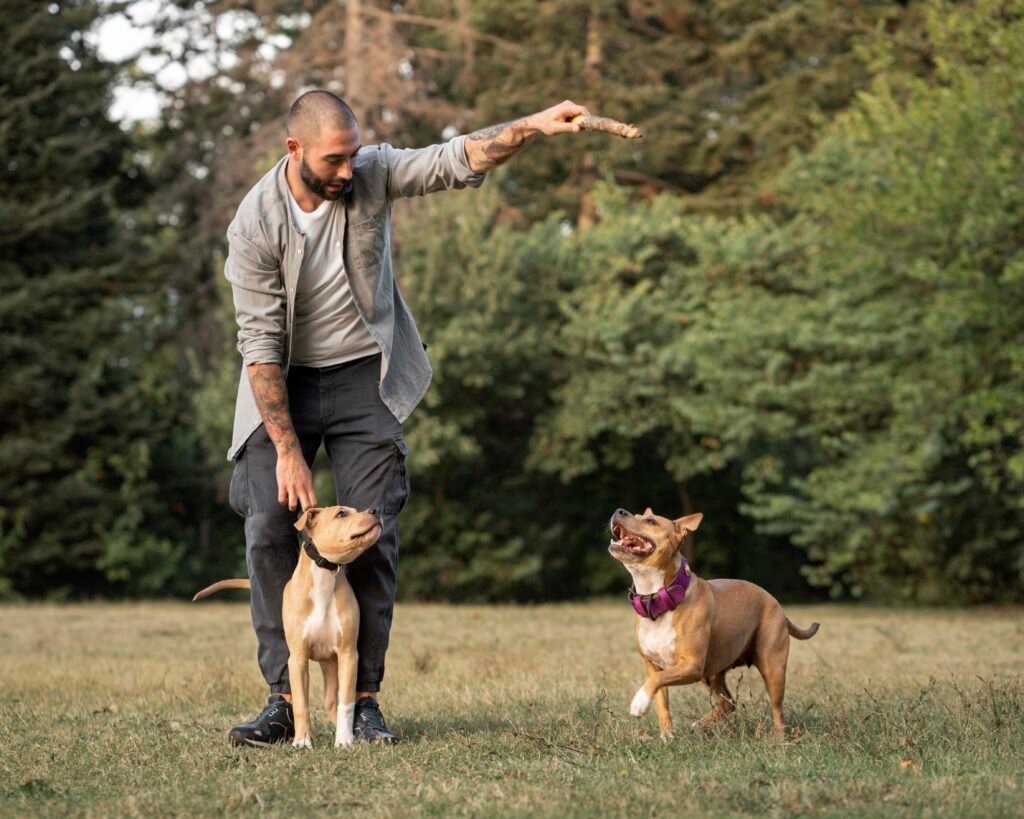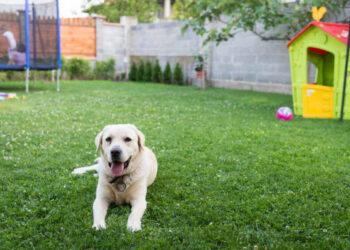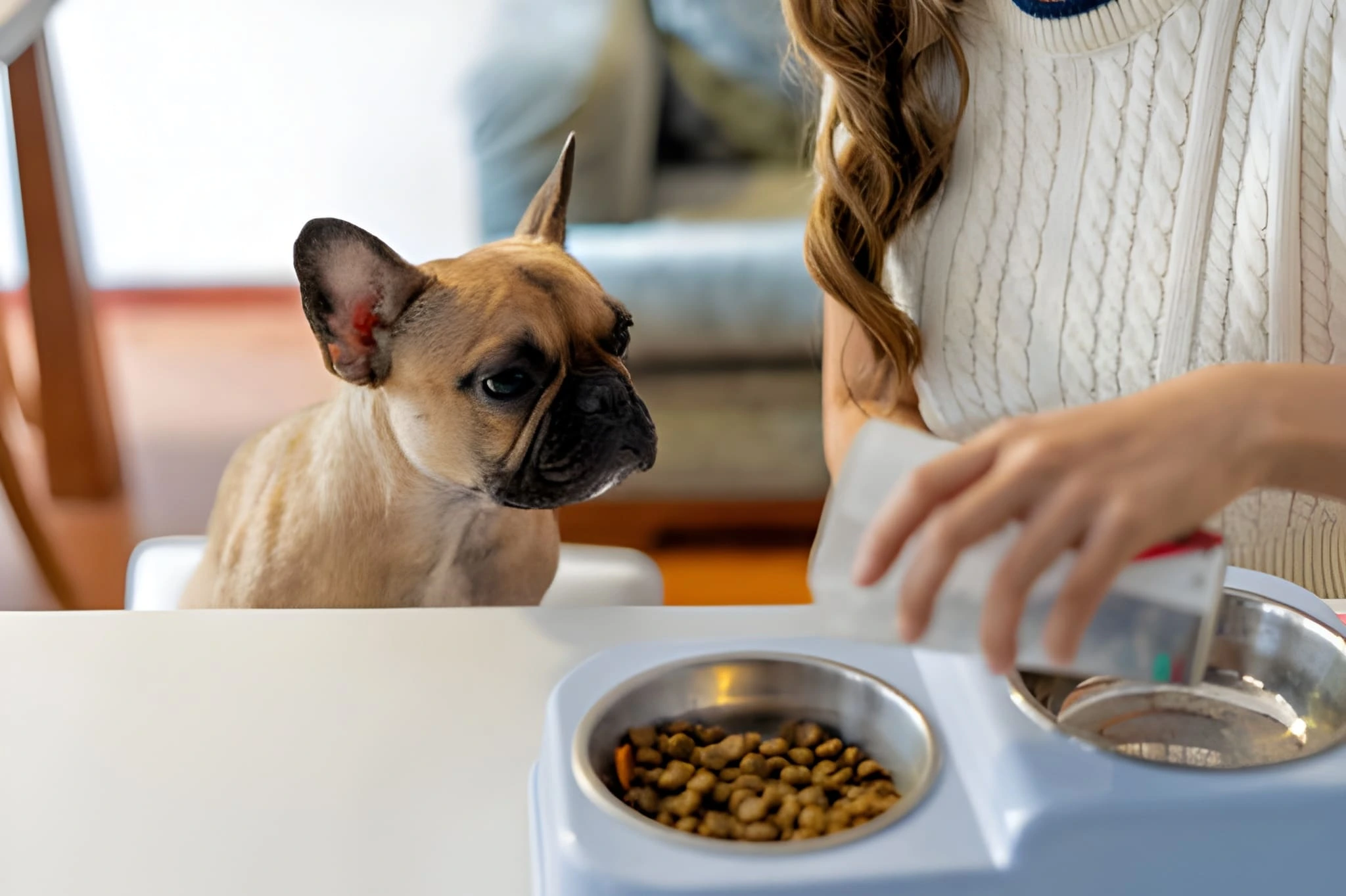
As a pet owner, you might have encountered numerous training methodologies available, including positive reinforcement training for dogs, as the experts mention. Positive reinforcement training is one such area that is dependent on the humane spirit, as one would emphasize establishing a robust bond with your furry companion.
Apart from depending on coercive dog training methods or physical punishments, positive reinforcement teaches a dog with the help of a reward system. Whenever a dog performs the much-desired skills or showcases the much-needed behavior, it is sure to get rewarded. Over time, the dog will learn everything about the training commands and cues due to the encouragement offered by these rewards.
Whether you have started training your dog using any other method or remain keen on learning everything regarding reinforcement training right from the ground up, you need to go through our entire post to know how this training works and the right ways to incorporate it as the core tactics to reward while reinforcing the best behavior in your furry companion, such as a Cavachon puppy.
The Real Truth & Science Behind Positive Reinforcement Tactics
Following routine positive reinforcement training relies on the operant conditioning modes or learning to associate specific behavior with distinctive consequences.
Negative Reinforcement
Negative reinforcement consists of removing unpleasant stimuli to elevate the scope of a few specific behaviors and prevent them from being repeated.
Positive Punishment
Positive punishment consists of actively adding anything new to punish your dog for its bad behaviors, including loud barking, muzzle holds, or leash jerks.
Negative Punishment
Negative punishment typically involves taking away anything that your dog likes as a real response to the unwanted behaviors. For example, taking away a toy whenever your dog is performing inappropriate behaviors is a real instance of negative punishment.
Positive Reinforcement
The techniques associated with positive reinforcement training involve offering or adding something positive every time your dog’s behavior is as expected.
Although positive reinforcement training is mainly reliant on the scientific backing of operant conditioning, successful trainers aim toward the reinforcement of desired behaviors instead of punishing the undesired ones. Instead of punishing your pup or dog for such undesired behaviors, the real aim should be towards the entire reinforcement training. For instance, ignoring them entirely and continuing to walk whenever your dog tries jumping on you especially in cases for lap dogs like Frenchies or Shih Tzu. Dogs crave attention, and not responding to their calls will discourage them from performing the undesired behaviors without having to scold, scream, or overreact.
Various Perks of Positive Reinforcement Training
We will now check out a varied set of perks for the fur parents to use in their positive reinforcement training.
- Enhances Learning and Retention: Dogs, especially toy or small dog breeds, are more inclined to learn and understand commands or behaviors whenever they are trained with positive reinforcement training, which makes the entire learning experience extremely stress-free and enjoyable.
- Builds Trust and Reduces Fear: The entire methodology will help dogs avoid any punishment that leads to anxiety or fear. When dogs are expertly trained through positive reinforcement techniques, they start trusting their human parents, establishing a stronger bond.
- Promotes a Positive Relationship: It can help strengthen the bond between the dog and their owner with the help of positive reinforcement training instead of becoming scared of getting punished.
- Improves Problem-Solving Skills: Try encouraging your dogs to try out new behaviors without getting scared of being punished. This can help build a highly confident and innovative approach to problem-solving.
- Adaptable to Various Situations: It is effective in numerous behaviors, ranging from basic obedience to challenging behaviors and tricks.
- Decreases Unwanted Behaviors: By rewarding good behaviors, your dog will never show bad behavior, even without harsh discipline.
Tips to Use Positive Reinforcement Training
Positive reinforcement training should be fun for all involved. But it is essential to remember that it is often time-consuming to train your dog, and patience is the key here.
Reward them Right
Several dogs love food and indoor games for dogs as they are motivated by them; however, they will even have a couple of things they are fond of. You should restrict their calorie intake as it is essential to locate the alternative reinforcers that will work the best for your furry friend. You can reward your pooch with games, toys, and attention and remember the praises.
Always Choose a Quiet Zone
The dogs seamlessly learn whenever they get a scope to aim towards handy tasks that do not require handling distractions. Try to designate a silent place or use a dog fence where you and your dog will not have any scope for distractions during the entire training procedure.
Cut Down on Training Sessions
Dogs are fast learners, especially when the training sessions are short and last for around 10 to 15 minutes. Ensure that you end the entire session on the right note when your furry friend is still interested or motivated, encouraging your dog to stay prepared for the upcoming training session.
Check the Progress of your Dog
Try taking a couple of minutes to add to your journal the way your furry companion performs to garner precise knowledge of their progress.
Implement Clicker Training
Clicker training is extremely beneficial when you plan to train your pup with positive reinforcement. Here, clicks generate sound, making the action where your dog gets rewarded for performing clear, which helps them learn the new commands seamlessly.
Conclusion
When the matter comes at positive reinforcement training, it consists of rewarding your dogs whenever they are performing on your command. It relies on the operant conditioning theories and holds your furry companion will choose to engage in such behavior whose outcomes rely on the best things such as toys, praises, and treats. Positive reinforcement training offers the best mental stimulation which is great for the overall well-being of your dog and their happiness. It forms the most astounding way to establish strong bonds between you and your dog.











